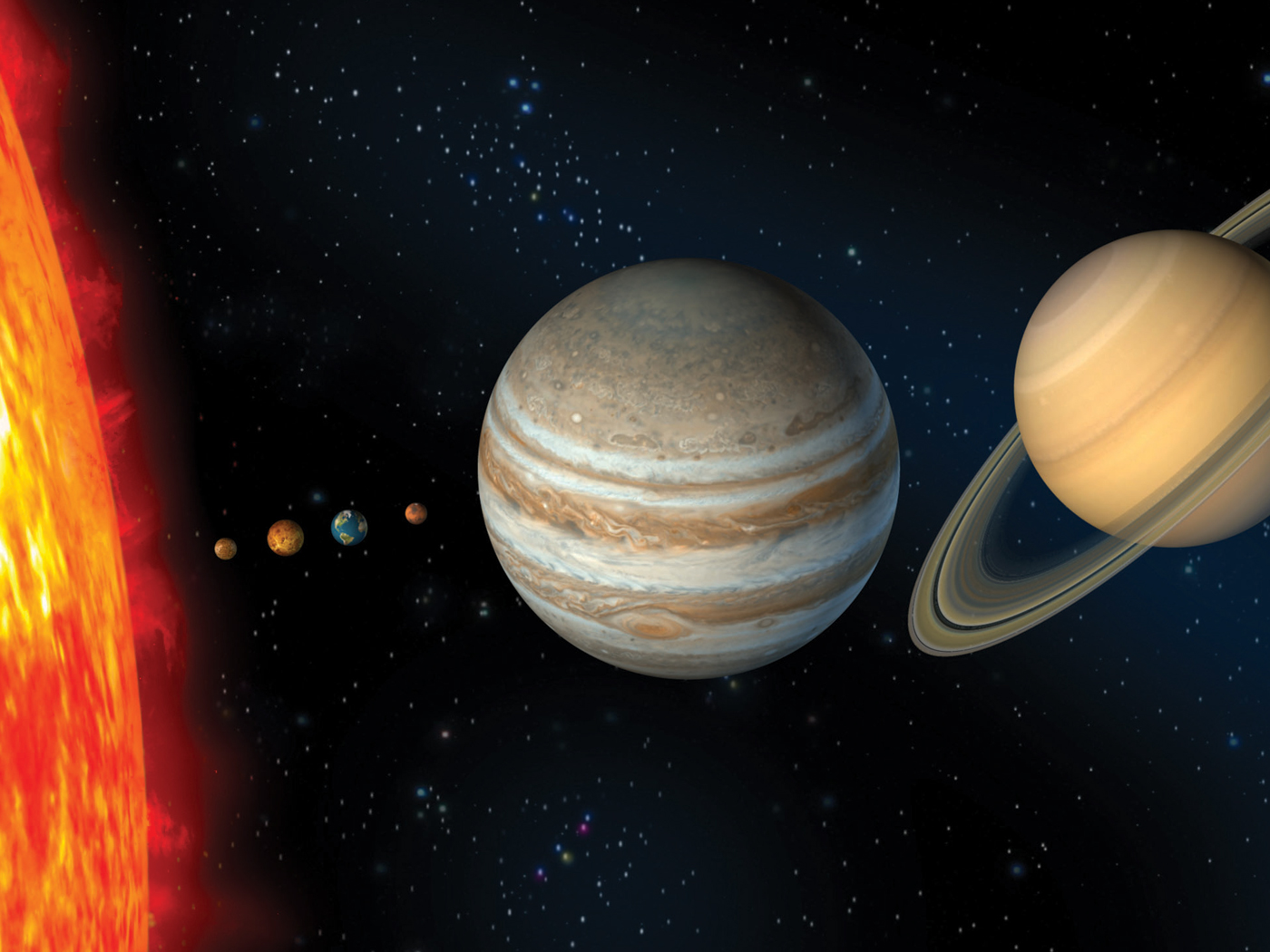On January 11, Google celebrated the 374th birthday of Nicolaus Steno by featuring a colorful doodle of rock layers on its homepage.1
Steno provided principles that are still maintained by today's geologists, though they were not tested experimentally until recently. While he was correct about many things, those experiments have refuted one of Steno's principal assertions, casting doubt on the evolutionary history that has been built upon it.
While working in Italy in 1669, the Danish-born anatomist, naturalist, and Catholic priest summarized his ideas about how rock layers formed and how fossils came to be in them. At the time, many naturalists reasoned that what looked like seashells and bones in the earth—today called fossils—were produced by the earth, since they could not fathom that the middle of land masses could ever have been covered by an ocean.
Steno rightly maintained that fossils of marine organisms were from creatures produced in the seas but then transported inland by muddy, watery torrents during Noah's worldwide Flood.2 So, although The Christian Science Monitor posted an article titled "Nicolas Steno: The saint who undermined creationism," it is not Steno's original ideas that undermine a creationist model of earth history, but those of later thinkers who selected certain of those ideas on which to build a non-biblical history.3
Steno was known as the "father of stratigraphy," which is the science of deducing the relative times when rock layers were deposited. He asserted four axioms related to rocks and fossils, one of which is now called the Principle of Superposition. Steno wrote:
At the time when any given stratum was being formed, all the matter resting upon it was fluid, and, therefore, at the time when the lower stratum was being formed, none of the upper strata existed.4
Decorated Scottish geologist Sir Archibald Geikie summarized this principle in 1897 when he wrote, "Every stratum, he [Steno] said, has been laid down upon a solid subjacent surface."5 But this axiom was not tested experimentally before it became a foundation for the very long-ages thinking that Steno himself disbelieved.
In a 2000 article for the Institute for Creation Research, French sedimentologist Guy Berthault summarized what happened next:
[Swiss geologist Jean-André] De Luc, at the beginning of the nineteenth century, and later [French chemist Alexandre] Brongniart, considered that if the principle of superposition indicated a time sequence, the difference in fossil content in superposed strata would show a change of species in time. Subsequently, the presence of index fossils in superposed strata was used as evidence of a succession of time periods.6
All that remained was for deep time enthusiasts like Scottish lawyer Charles Lyell to cast aside the Bible's account of the global Flood by imagining that each of those "time periods" was vast.7 Deep time's millions of years conflicts with the Bible's thousands of years of history. And modern Flood geologists explain the unique animal species found in different rock layers as having resulted from groups that lived in different places or environments, not from animals living at different times.8
Many scientific and historical observations have amply refuted deep time, but Steno's seminal Principle of Superposition has also been refuted. By experimenting with fast-flowing water and mud, Berthault discovered that sediments form layers as they are carried along by a current. In contrast to Steno's assertion, this proved that the surface of one layer need not have already solidified before the next was formed. The online short video series Experiments in Stratification contains Berthault's clips that clearly show many rock layers rapidly forming.9
So, certain Bible-denying men adapted Steno's untested principles to suit their evolutionary agendas. But perhaps the Google doodle honoring Steno led some Internet visitors to investigate and discover that he was a biblical geologist who defended Noah's Flood using sound reasons—especially the fact that such a Flood best explains how sea creatures could have been carried in waterborne sediments to the middle of continents.
References
- Hubbard, A. Nicolas Steno, 17th century myth buster, gets Google Doodle. Los Angeles Times. Posted on latimesblogs.latimes.com January 11, 2012, accessed January 11, 2012.
- Walker, T. 2008. Geological pioneer Nicolaus Steno was a biblical creationist. Journal of Creation. 22 (1): 93-98.
- O'Carroll, E. Nicolas Steno: The saint who undermined creationism. The Christian Science Monitor. Posted on csmonitor.com January 11, 2012, accessed January 11, 2012.
- Steno, N. 1916. The Prodromus of Nicolaus Steno's Dissertation Concerning a Solid Body Enclosed by Process of Nature within a Solid. J. G. Winter , trans. New York: The Macmillan Company, 230.
- Geikie, A. 1905. The Founders of Geology, 2nd ed. New York: The Macmillan Company, 56.
- Berthault, G. 2000. Experiments in Stratification. Acts & Facts. 29 (10).
- Catchpoole, D. and T. Walker. Charles Lyell's hidden agenda—to free science "from Moses." Creation Ministries International. Posted on creation.com August 19, 2009, accessed January 11, 2012.
- Wise, K. P. 2011. Noah's World—Same Time, Different Place. Answers. 6 (4): 56-63.
- Experiments in Stratification (Part 2 of 4). Experiments by Guy Berthault and Pierre Julien. Posted on youtube.com December 27, 2008, accessed January 11, 2012.
* Mr. Thomas is Science Writer at the Institute for Creation Research.
Article posted on January 19, 2012.











